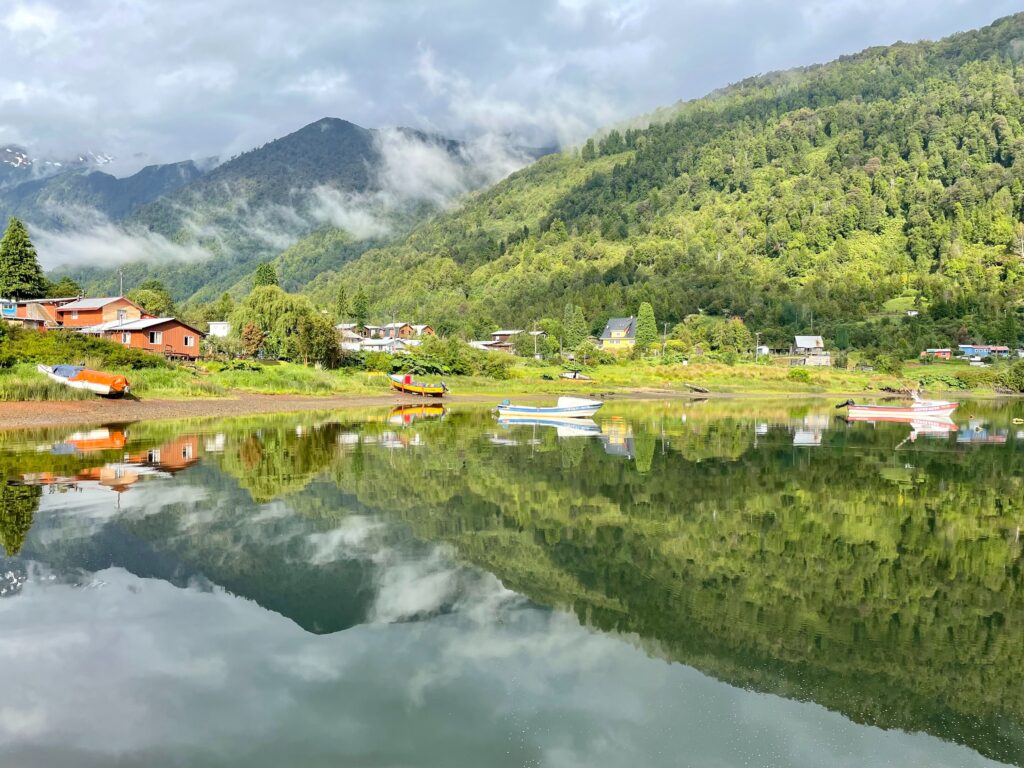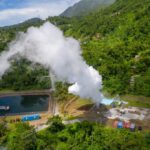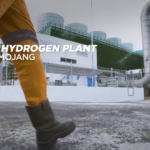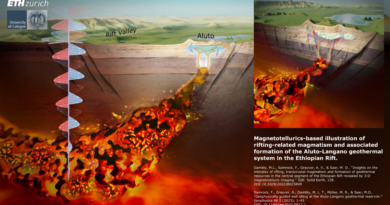Geothermal initiative for green hydrogen in the Aysén Region, Chile
Energy Disrupter
CEGA will be carrying out a detailed feasibility analysis for a green hydrogen project utilizing geothermal energy at the Aysen region in south Chile.
The Aysén Region is in the crosshairs of energy innovation in Chile with a revolutionary project: the generation of green hydrogen taking advantage of the geothermal potential of the area. This milestone, led by the Center of Excellence in Geothermal Energy of the Andes (CEGA) of the University of Chile, is part of the award of the project “Prefeasibility of generating green hydrogen with geothermal energy in the Aysén Fjord” by the Regional Government of Aysén .
The uniqueness of the Aysén Region lies in its volcanic arc in proximity to the sea, a unique combination that places a source of heat near an inexhaustible source of water. These optimal conditions open the doors to clean energy production through geothermal energy to generate green hydrogen, promising significant opportunities for the region.
The main objective of the project, which officially began in October 2023 after administrative processes, is to evaluate the technical and economic viability of establishing a green hydrogen plant powered by geothermal cogeneration in the Aysén Fjord. This prefeasibility phase, led by CEGA, will last for at least 18 months and will mark the path to the next stage of detailed engineering if the results are favorable.
Diego Morata, director of CEGA, together with a multidisciplinary team, emphasized the importance of understanding regional opportunities in energy matters for a timely transition towards cleaner energy sources. The financial support of the Regional Government of Aysén and the support of local entities such as the municipalities of Aysén and Cisnes, as well as the Regional Ministerial Secretariat of the Environment of Aysén, support this ambitious project.
Green hydrogen is emerging as a crucial alternative energy resource, especially in the global context of climate goals and energy transition. With more than 30 countries (such as New Zealand, Indonesia, and Kenya), including Chile, betting on national green hydrogen strategies, the sustainable production of this resource is consolidated as a global priority. The project in Aysén not only seeks regional development, but is also aligned with the country’s climate objectives.
In the words of Nicolás Pérez, principal researcher at CEGA, “green hydrogen can be an energy alternative for transportation that does not pollute and replaces fossil fuels.” This innovative approach not only promises a revolution in the region’s energy matrix, but also marks a firm step towards a more sustainable future nationally and internationally.
Source: Electricidad, CDT Chile via our Spanish language platform PiensaGeotermia

















